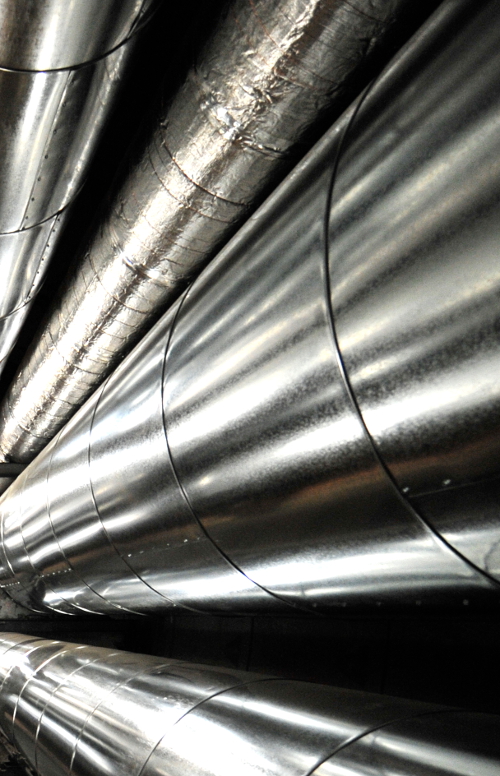Strong tubes for better booms
 Engineers are testing foldable, self-locking tubes for strong building materials.
Engineers are testing foldable, self-locking tubes for strong building materials.
Inspired by bamboo, RMIT researchers have developed a new flat-pack tubular system that transforms into a strong, self-locking building material.
The design allows tubes to be transported flat and then automatically assembled into a robust structural form.
“This self-locking system is the result of an intelligent geometric design,” says Dr Jeff (Ting-Uei) Lee, lead researcher from RMIT’s School of Engineering.
The system utilises curved creases to create a shape that locks in place without external mechanisms.
The innovation has potential for large-scale use.
“A panel, weighing just 1.3 kg, made from multiple tubes can easily support a 75 kg person,” Dr Lee said.
Distinguished Professor Mike (Yi Min) Xie from RMIT’s School of Engineering says the design could have wide-ranging applications in sectors such as civil construction, disaster recovery, and aerospace.
“Our research not only opens up new possibilities for innovative and multifunctional structural designs, but it can also significantly improve existing deployable systems,” Xie said.
One notable feature is the tubes' ability to shift automatically into their final form.
“When NASA deploys solar arrays, for example, the booms used are tubes that were packed flat before being unfurled in space,” Dr Lee said.
“These tubes are hollow though, so they could potentially deform under certain forces in space. With our new design, these booms could be a stronger structure.”
The system represents a significant step forward in structural design, combining ease of transport with mechanical strength.
The researchers have also developed an algorithm that allows control over how the structure reacts to various forces by adjusting tube orientation.
The findings are detailed in the journal PNAS, with contributions from Drs Hongjia Lu, Jiaming Ma, Ngoc San Ha, and Associate Professor Joseph Gattas of the University of Queensland.
The team’s next steps include enhancing the design to accommodate different tube shapes and forces, such as bending and twisting, as well as exploring new materials for even more precise and versatile applications.
A short video demonstration is accessible here.








 Print
Print